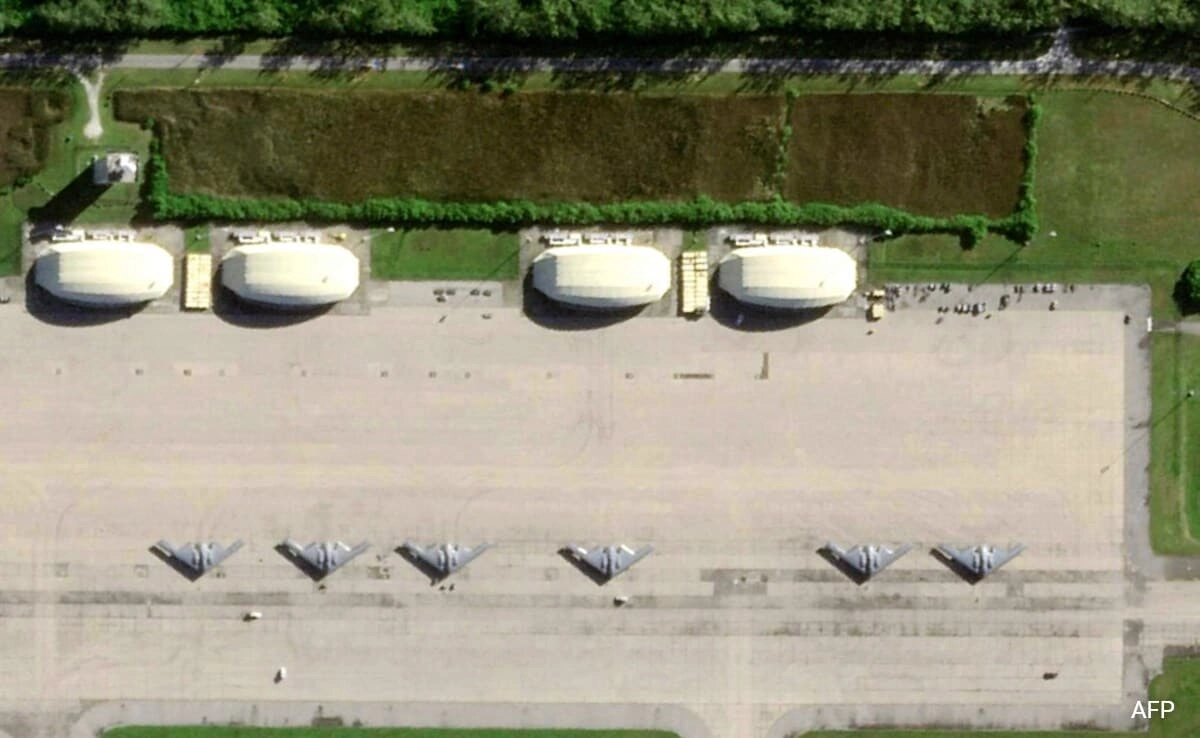In a significant military maneuver, the United States has deployed its largest fleet of B-2 bombers along with three aircraft carriers to the Indo-Pacific region. This strategic move underscores the U.S. commitment to maintaining stability and security in a region that has been marked by rising tensions, particularly with the increasing assertiveness of China and its military activities in the South China Sea. The B-2 Spirit bombers, known for their stealth capabilities and long-range precision strike potential, enhance the U.S. military’s deterrent posture and provide a potent tool for any necessary rapid response to emerging threats.
The deployment of three aircraft carriers further amplifies the U.S. Navy’s presence in the Indo-Pacific, allowing for enhanced operational flexibility and the ability to project power across vast distances. These carriers serve as mobile airbases, capable of launching a wide array of aircraft to support various missions, from humanitarian assistance to combat operations. Their presence in the region not only bolsters the U.S. military’s capability but also reassures allies and partners who may feel threatened by regional adversaries. The naval assets can collaborate with other allied forces, conducting joint exercises and demonstrating a unified stance against any provocations.
This strategic positioning comes at a time when geopolitical dynamics in the Indo-Pacific are rapidly evolving. The U.S. aims to reassure its allies, such as Japan, South Korea, and Australia, while also sending a clear message to potential aggressors that it remains committed to defending its interests and those of its partners. The deployment of advanced military assets like the B-2 bombers and aircraft carriers reflects a broader strategy to counterbalance the growing influence of China in the region. By maintaining a robust military presence, the U.S. seeks to deter any hostile actions and ensure that peace and stability are upheld in this critical part of the world.
In addition to military considerations, this deployment may have broader implications for regional diplomacy. The U.S. has been actively engaging with its allies in the Indo-Pacific to enhance security cooperation and address shared challenges. By showcasing its military capabilities, the U.S. aims to strengthen alliances and foster a collective response to potential threats. As tensions continue to simmer in the region, the presence of advanced military assets serves as both a deterrent and a reassurance to those who value a rules-based international order. Ultimately, the strategic deployment of the B-2 bombers and aircraft carriers reflects the U.S. commitment to a free and open Indo-Pacific, while also navigating the complex web of regional relationships and security challenges.




